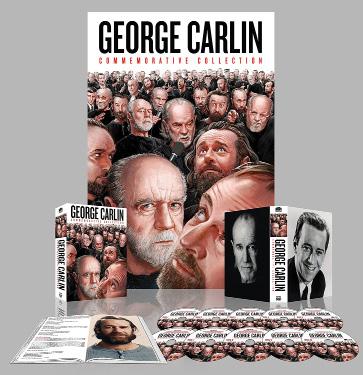No justice, no peace! A restorative perspective
As protests have spread across our nation during the first half of the summer of 2020, the powerful chant, “No Justice, No Peace,” has been spreading as well. In the wake of racist violence from police, triggered anew by the killing of George Floyd, it was understandable to increasing numbers of people that something had to change. If there was ever to be real peace, it had to stem from real justice. This has not been the only chant, of course. “Black Lives Matter” is still a centerpiece slogan for the majority of protests, even as protests have spread internationally among groups expressing solidarity. What I would like to explore in this article is how the phrase “No Justice, No Peace,” with its potential for varied meanings, can invite protesters to think more deeply about the way they define both justice and peace. Is there an agreed upon meaning for “No Justice, No Peace?” Does it mean we want better systems to replace unjust systems? Does it mean we want justice as retribution against wrongdoing? Does it mean we want fair processes that engage all sides? Might it mean that if justice isn’t happening, then don’t count on peace happening either? What is clear is the slogan’s multivalent character: it can hold multiple meanings that may or may not harmonize together. Those who say “No Justice, No Peace,” are certainly in good com-
8 August 20, 2020 DuluthReader.com
OPINION TED LEWIS
pany. Desmond Tutu, who laid the groundwork for South Africa’s Truth and Reconciliation process in the 1990s, described how in the Apartheid system “there is no peace because there is no justice. There can be no real peace and security until there is first justice enjoyed by all inhabitants of this beautiful land.” Pope Francis, in 2015 before an audience of children at the Peace Factory, echoed Tutu’s sentiment in the same context of prizing equity for all people. Everybody has the same human rights, he stated, and if society is unjust and “does not follow the rule of justice... where there is no justice, there cannot be peace.” This quote, along with Tutu’s, implies a desire for both justice and peace to be positive realities in society. One of the earliest uses of “No Justice, No Peace” helps us to see the complexity of meanings associated in the phrase. In December of 1986, a group of
white male young adults assaulted three black men whose vehicle had stalled in Howard Beach, Queens, which is east of Brooklyn, NY. The incident resulted in the death of one black man. When legal proceedings indicated elements of race-based negligence, pressures mounted from the black community for better justice. Outrage and mourning related to both the racism of the incident and of the justice process understandably led to numerous marches, including one through the Howard Beach neighborhood. The largest one brought together more than 4,000 black protesters in Manhattan who marched 30 blocks down Fifth Avenue to the Greenwich Village home of Mayor Edward Koch. Veteran activist Sonny Carson promoted the slogan, “No justice! No peace!” with these qualifying words: “No peace for all of you who dare kill our children if they come into your neighborhood . . . We are going to make one long, hot summer out here . . . get ready for a new black in this city!” Carson’s statement reflects a sequential “if...then…” usage of the phrase. This is reinforced in an interview he had with The New York Times where he said he hoped the slogan would emerge as a rallying cry for his cause. “You don’t give us any justice, then there ain’t going to be no peace. We’re going to use whatever means necessary to
make sure that everyone is disrupted in their normal life.” Predictably, “No Justice! No Peace!” gained momentum and popularity in the wake of the Los Angeles race riots of 1992, ignited by the acquittal of four white police officers in the Rodney King beating. As the smoke rose on our TV screens, we all watched the enactment of Carson’s logic: since there was no justice from our city, there will be no peace in our city. The multivalence of the phrase cuts both ways. If there is not a positive unfolding of justice and peace, then in their absence there will be a negative unfolding of both. While we might decry the burning and destruction of the Rodney King riots, it is important to complexify this situation of “no peace.” A study of targeted white-owned businesses that were burnt down can show how deeper, race-related economic tensions can exasperate communities of color when their pleas for systemic change have previously fallen on tonedeaf ears. As John F. Kennedy said in 1962, “Those who make peaceful revolution impossible will make violent revolution inevitable.” Disturbances of the peace Similar to Carson, Dr. Martin Luther King Jr. also understood how it was necessary to “disrupt” the normal course of things to stimulate social




















